Be on high alert when websites request your email address. Scammers are adept at acquiring it, and this is a widespread issue, serving as a primary method for fraudsters to obtain email addresses.
Continue reading to understand how a scammer knows my name and address, origins and collection methods of electronic addresses.
By the end of this post, you will be equipped with a comprehensive guide on how to proactively prevent these scams.
I will recommend you use Clean Email will help you clean your inbox, unsubscribe from mailing lists, stop unwanted emails, and automatically keep your email account clean and organized.
How is Your Email Address Accessible to Scammers?
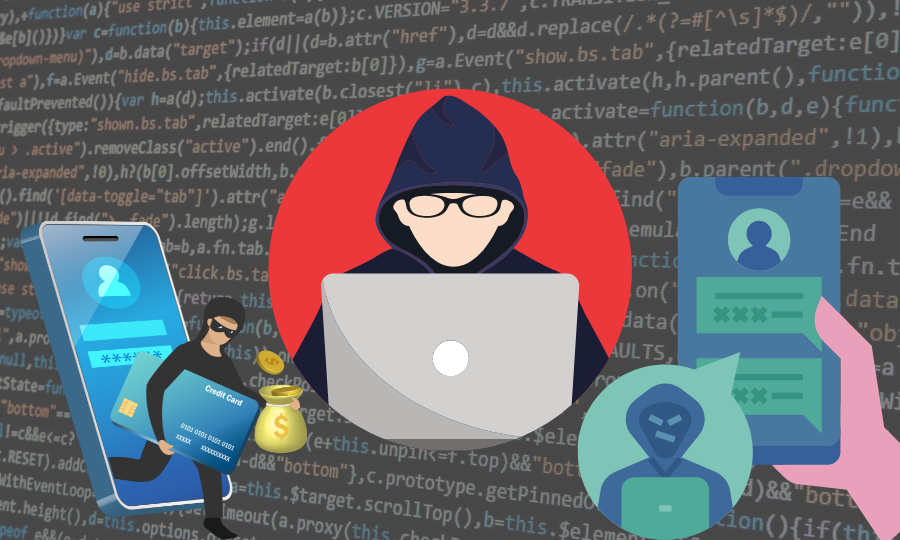 No one ever gives up their email address to a website, thinking it might get into a scammer's hands.
No one ever gives up their email address to a website, thinking it might get into a scammer's hands.
Despite this, it's unusual for people to discover that their mailbox is filled with spam. So, how exactly can someone gain access to your private email?
Those email lists that were bought
Scammers realize that no one would voluntarily provide their personal email address, so they devise various methods. In such cases, they resort to buying email lists that already include millions of addresses.
Thankfully, those who purchase email lists intending to spam are discovered relatively quickly.
Providers like Hubspot and MailChimp take the issue of sending permission-based emails seriously; they punish customers who resort to purchasing lists.
If an email campaign receives a large number of spam complaints or reports, it may be removed from these platforms. In addition, private email addresses that assist in detecting scammers are known as spam traps or honeypots, and they are included in many email lists.
Through the use of harvesting software
Phishing email scams are carried out by spammers and hackers who use software that gathers email addresses from the internet. Bots scour millions of websites for addresses to use in spam campaigns.
Addresses can be acquired via mailing lists, websites, chat rooms, and domain contact points; other spammers get them by approaching merchants on underground cybercrime forums or in open-air marketplaces.
Email addresses that are publicly available on social media
Scammers use social media to find email addresses since it is a public space and a potent tool. These days, almost 90% of people share some aspect of their personal and professional lives online.
On most social networking sites, users are happy to fill out all the fields and promptly forget about them.
Thanks to this, scammers may easily collect email addresses. Remember that no matter how careful you are with your privacy settings, whatever you post to your social network site will still be visible to everyone.
Surprisingly, hackers can access much more than just your email. They can also access other sensitive personal data.
Their phishing attempts may take many forms, including whaling, email spoofing, and Business Email Compromise.
Facebook, Instagram, Twitter, and LinkedIn are some of the most common ways for phishers to access your email address.
Fake Websites
Phishing scammers make websites look accurate to get people to give them their information.
You are usually asked to join their mailing list or magazine on the site via email. You might think you're signing up at an accurate site, but hackers are waiting to send you spam in the background.
Leaks in data security
Scammers target all types of businesses. Notable companies that have fallen prey to cybercriminals in recent years include Marriott, LinkedIn, Adobe, and Facebook.
Credit card details, email addresses, login credentials, and any other information that may be obtained will be utilized by hackers.
After stealing email addresses, they often use them to distribute spam or sell them to other spammers.
With random alphanumeric combinations
Through forceful means attacks, scammers may produce a variety of consecutive alphanumeric email address combinations by automatically entering random characters, numbers, and symbols until they get one of them correct.
What Are Scammers Going to Do With Your Email Address?
Once scammers have your email address, they will exploit it for financial gain in any way possible. This underscores the critical need to safeguard your email address.
Many people will send you spam emails to get private information like credit card numbers.
They'll try to make you believe they have a great item for sale or that you've won something. They could even use your email to send messages to your friends as someone else.
To try to enter your other accounts, other scammers will use the information you provide.
Most people use the same password for multiple accounts, which makes it easy for hackers to get into other accounts if they have access to one.
Last but not least, hackers can sell your information to scammers. Scammers are very interested in your private email addresses and passwords.
Many stolen data ends up on the dark web or rotten message boards.
How to Keep Your Email Safe?
Don't make public posts
Cell phones, tablets, and computers make it easy for everyone to connect to the internet. This makes it possible for trolls and hackers to always get into your public posts.
If you don't want scammers to get your personal and financial information, don't post your email addresses or other private information online.
Do not leave emails on untrustworthy websites
Many blogs, websites, and forums may ask for your email address before you can see their content. If you don't believe a website, don't put any personal information on it. You can also use email names or temporary emails that you only use once.
Make use of a two-factor login (2FA)
For extra protection, two-factor authentication (2FA) is used along with your password. In online apps, it's often used to keep private accounts with sensitive information safe and viewable from anywhere.
Learn about the dangers of the internet
What you need to know may pose security risks. Security plans and training are very important to stop hacking.
A few of the biggest threats online are phishing and social engineering. Defensive solutions aren't enough to keep you safe from online threats that are getting smarter.
Add graphics to your emails
Email addresses can be stored as visual features, which makes it harder for harvesting programs and dictionary features to figure out what they are.
This can protect your safety and privacy because the texts can't be copied or tied to malware.
Conclusion
Since almost everyone now uses email addresses and texting has become more involved, scammers have changed their tactics to fit in.
The best way to keep yourself safe is to be careful about how you use your information and share it with other people.
Scammers will stay away if you check the message's source and mark strange emails as spam. This will let you keep control of your account.
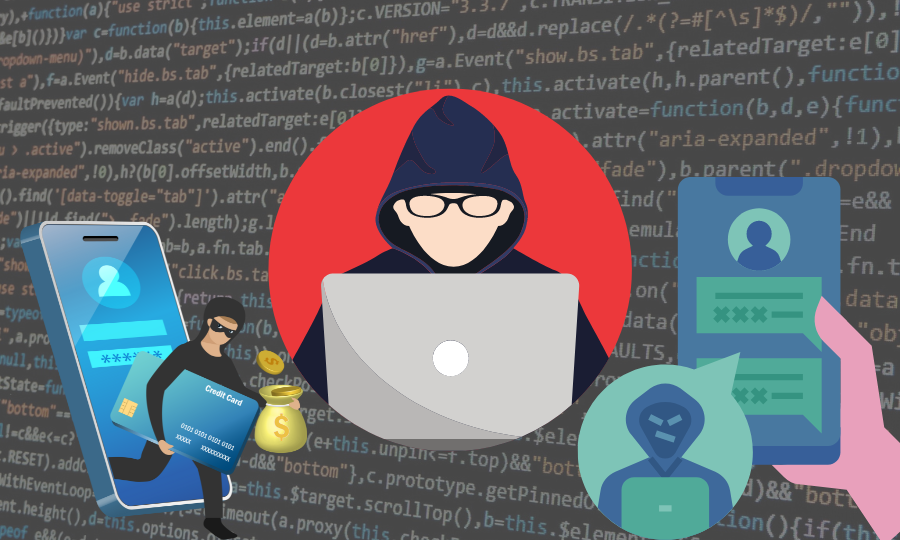
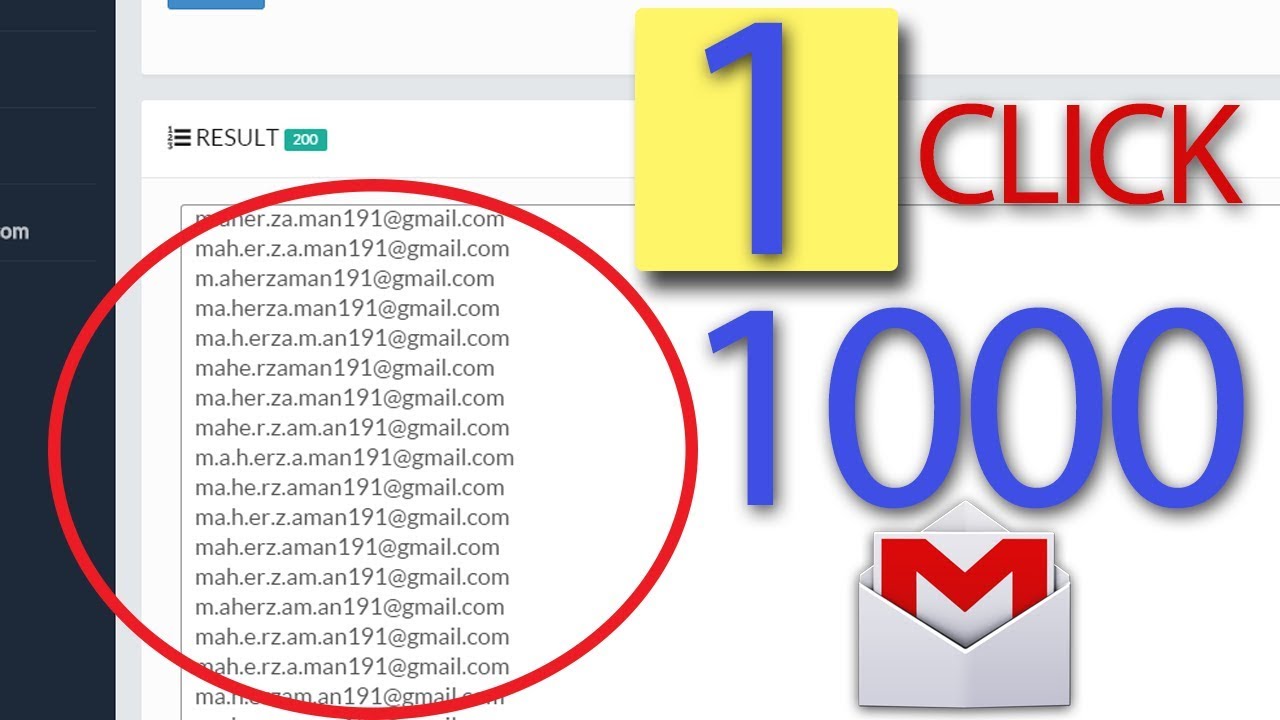

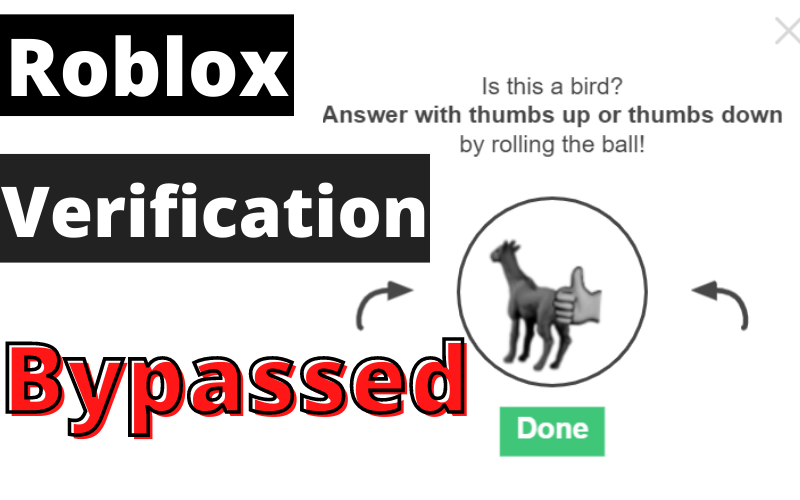
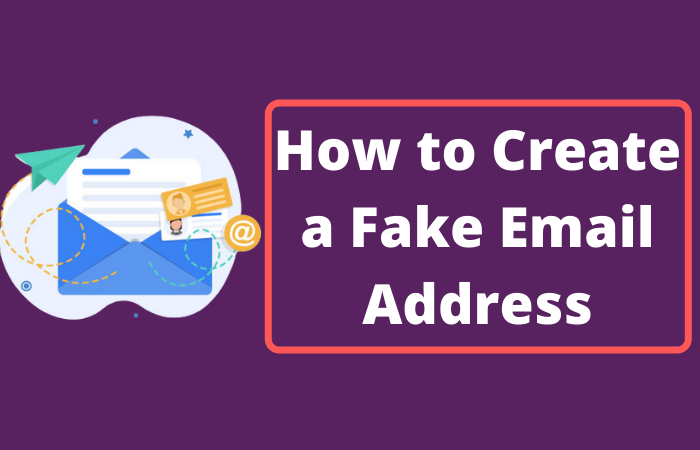
Leave a Reply